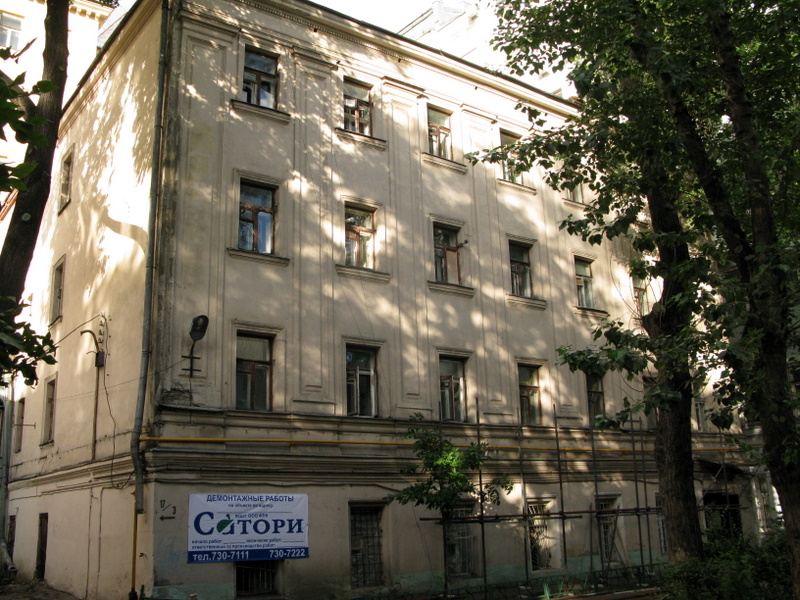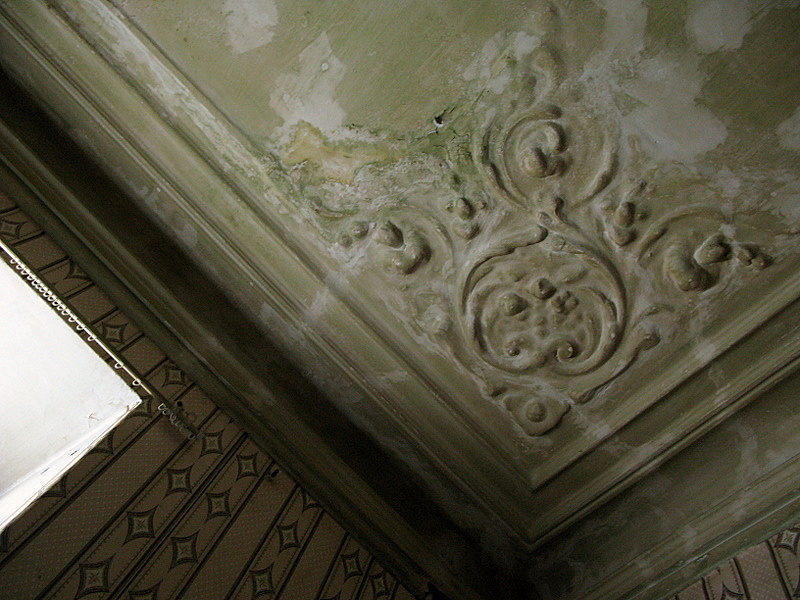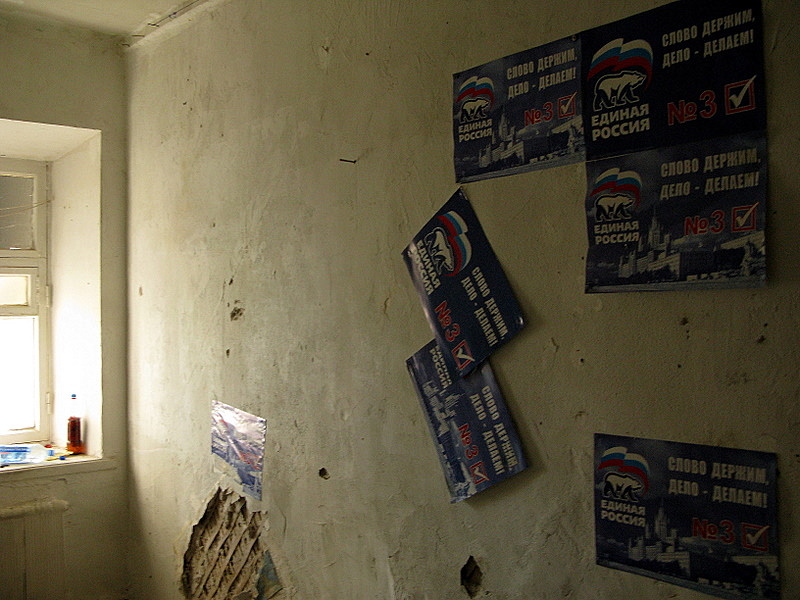
School №1270 |
The Volkonskiis Estate in Moscow as a part of our history. |
And ways to save it. |
|
Rusanova Yana 10 A |
[Выберите дату] |
[Введите аннотацию документа. Аннотация обычно представляет собой краткий обзор содержимого документа. Введите аннотацию документа. Аннотация обычно представляет собой краткий обзор содержимого документа.] |
Contents:
Introduction - pg. 3
Main part – pg. 5
History of the estate – pg. 5
The condition of the estate – pg. 6
Actions taken – pg. 7
Research part – pg. 8
Conclusion – pg. 12
Introduction:

Cultural Monuments are the great wealth which is given to us by our ancestors. They are one of the most important segments of our history and national property. And as far as it is known a lot of memorials have been destroyed during last decades. Architectural losses of Moscow are multiplying every year. Just this summer In June, the demolition went to several historic buildings located next to the Church of the Resurrection in Kadashi. On the territory of the Kadashevskaya settlement the complex "Five capitals» is going to be built .Then, in July, the capital has lost one of the historical monument - the Alexeyev estate on Bakhrushin street. And what about the moment, soon, in conformity with the demolition plans Moscow can lose a lot of historical landmarks. According to research "old" Moscow has already lost 70% of its historic architecture.
It is time to reflect, is not it? Progress is not just creating something new but also the ability to maintain the already existing values. The future can not exist without the past, which we so stubbornly destroy. We remember our loved ones even if they are no longer with us. So why do we allow ourselves to destroy the monuments of the past? Their role in our lives is huge and can not be estimated only by cash per square meter of land on which they stand. Monuments develop in humans aesthetic sense, love of beauty, respect for the past and interest in history.
Another important role of memorials is to attract tourists. Thus buildings turned into a museum not only retain their true shapes but they also bring the state income, cultural awareness and aesthetic pleasure to ordinary people.
There are numerous examples where the historic buildings were demolished without a special need, without any attempts to restore them, and often without a legitimate reason for it. This summer estate Volkonskiis has become one of such monuments and I want explain that there are alternative ways of solving the problem of old, damaged and accidental buildings. I am a real lover of Moscow architecture and the aims of all my research work are:
to analyze the information about the estate,
To make a survey of people’s opinions about the problem,
to draw people’s attention to the problem of demolition of important historical monuments
To suggest ways of preserving and sparing use of landmarks and Volkonskiis estate in particular.
Main part:
History of the estate:
Estate Volkonskiis, building on Tverskaya Boulevard, is named for the most famous of its owners, although for three hundred years of its existence the owners changed several times. Volkonskie - famous and ancient Russian princely family. Descended from Rurik by Oleg Svyatoslav and his descendants - Chernigov Olegoviches; Volkhonskiy ancestor was a saint, Prince Michael Vsevolodovich Chernigov, who was executed in 1246. The youngest son of Mikhail of Chernigov, Yuri, to possess Tarusa. Great-grandson George, moved into Alexinsky county, where he acquired estates on the banks of the river Volkoni (Volkhonka).
The farmstead consists of chambers of XVII century (the Tver Boulevard , 17, building 4) and a number of buildings that frame the yard. House, which began to bear (the Tver Boulevard , 17, building2), built in 1880 by architect Seeds Eybushittsa (it was not the only his work, another, for example, is a synagogue in the Holy Glinischevsky lane). Before the revolution, the house was owned by Lazar Polyakov - the alleged father of Anna Pavlova, the famous banker and industrialist and builder of the synagogue on Bolshaya Bronnaya, construction of railways, provider of all possible assistance for the construction of the Pushkin Museum. The building is a model building in Moscow of late XIX century and it is interesting as an element of historic buildings in the buffer zone. The facade is decorated with pilasters; in the interior are preserved traces of finish - stucco and wooden doors in the baroque style with a distinctive pediment and curls. The house is located in the courtyard of the Pushkin Theater.
The condition of the estate:

Actions taken:

This building can be found in a list of those buildings, which were found in an emergency in 1999. However, in any case, it does not give the right to demolish this building without the necessary procedures. For its part, the Committee for Cultural Heritage insists on repair and reconstruction of this building.
